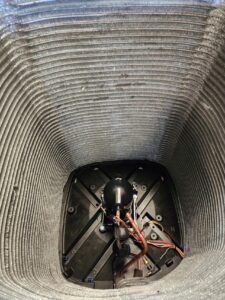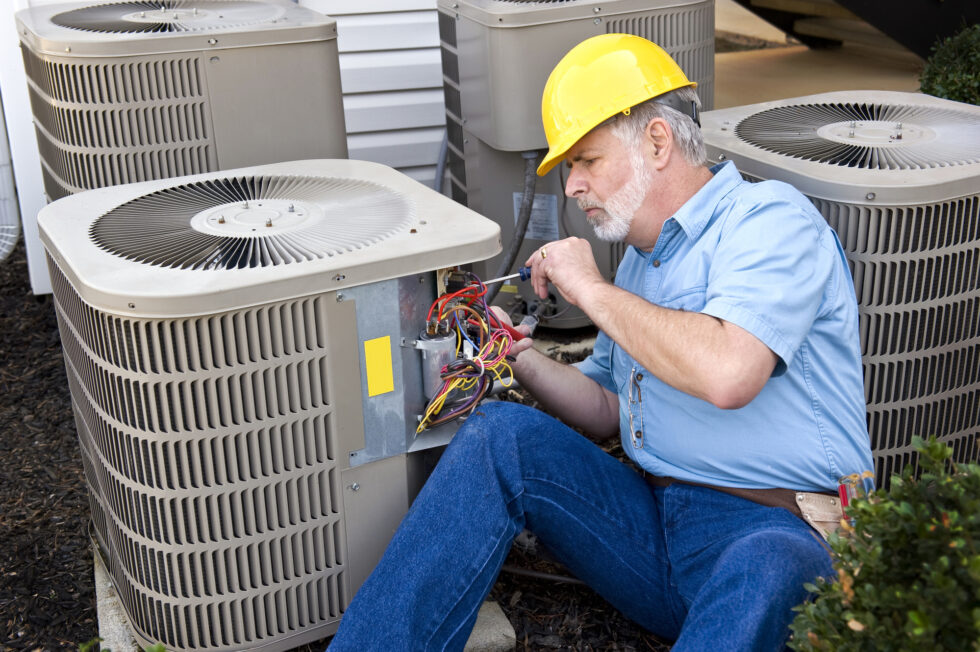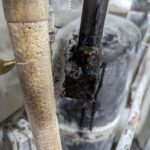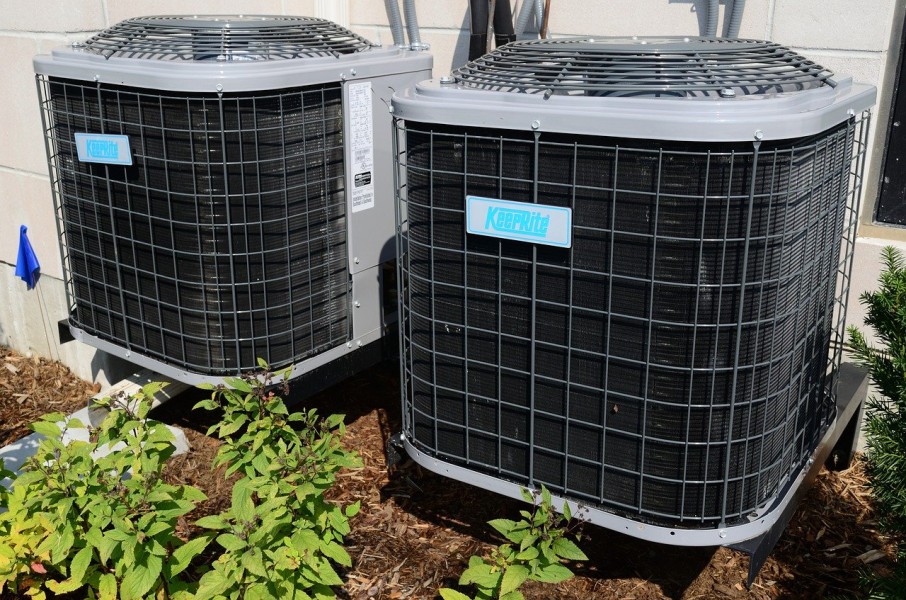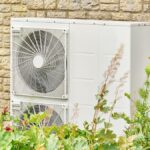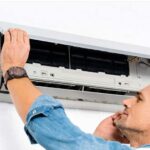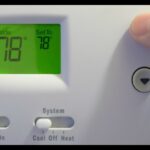This is air conditioner tune-up checklist combining the detailed steps provided with general maintenance practices. This checklist ensures your AC system operates efficiently and effectively:
- Outdoor Refrigerant Lines Inspection
- Examine for physical damage that could cause leaks.
- Refrigerant Line Insulation Check
- Ensure proper insulation to prevent condensation and mold growth.
- Indoor Unit Coil Cleaning
- Verify the coil is clean, free of dirt and debris, for optimal efficiency.
- Outdoor Unit Coil Inspection
- Check for dirt and potential damage from external factors, including pet urine.
- Air Filter Replacement
- Confirm the right filter is used and changed regularly, every 2-3 months.
- Indoor Blower Motor Examination
- Check for dirt and ensure it is functioning properly to avoid overheating.
- Overflow Safety Switch Test
- Ensure it works correctly to prevent water damage from condensation issues.
- Motor Capacitors Check
- Verify capacitors are functional and have sufficient charge to avoid system failure.
- Air Handler/Furnace Leak Inspection
- Check for excessive leaks that decrease system efficiency.
- Disconnect Box Inspection
- Ensure no burnt wires or loose connections, and that it’s properly sealed.
- Refrigerant Caps Tightness
- Check for missing caps and ensure they’re tight to prevent refrigerant loss.
- Thermostat Functionality Test
- Confirm it is correctly calibrated, wired, and powered.
- Bug and Rodent Damage Inspection
- Check for any pest-related damage to electrical compartments.
- Fan Blade Balance Check
- Ensure blades are balanced to avoid unnecessary noise and component damage.
- AC Unit Platform/Pad Inspection
- Verify the platform is stable and level to support the unit.
- Amperage Measurement
- Check compressor and motor amperage for signs of overworking.
- Reversing Valve Inspection (For Heat Pump Systems)
- Ensure the valve functions correctly for both heating and cooling modes.
- Refrigerant Levels Accuracy Check
- Use a digital gauge to measure exact refrigerant levels for efficiency.
- Contactor Inspection
- Check for proper signal reception and transmission from the thermostat.
- Temperature Split Measurement
- Determine the temperature difference for potential system issues.
This comprehensive checklist covers essential aspects of AC maintenance to ensure your system remains in peak condition, providing efficient and reliable cooling.
Standard Air Conditioner Tune-Up Checklist
This format is easy to follow for professionals conducting maintenance and allows them to systematically ensure each critical component and function of the AC system is checked and in good working order.
- 1. Inspect Outdoor Refrigerant Lines for damage and leaks.
- 2. Check Refrigerant Line Insulation for proper installation to prevent condensation.
- 3. Clean Indoor Unit Coil to ensure it’s free from dirt and debris.
- 4. Inspect Outdoor Unit Coil for cleanliness and damage.
- 5. Replace Air Filter regularly, every 2-3 months, to maintain air quality and system efficiency.
- 6. Examine Indoor Blower Motor for dust buildup and proper operation.
- 7. Test Overflow Safety Switch to prevent water damage from blockages.
- 8. Check Motor Capacitors for necessary charge and functionality.
- 9. Inspect Air Handler/Furnace for Leaks to ensure efficiency and proper operation.
- 10. Inspect Disconnect Box for secure connections and no burnt wires.
- 11. Tighten Refrigerant Caps to prevent refrigerant loss.
- 12. Test Thermostat Functionality for accurate operation and control.
- 13. Inspect for Bug and Rodent Damage to avoid electrical issues.
- 14. Check Fan Blade Balance to reduce noise and prevent damage.
- 15. Inspect AC Unit Platform/Pad for stability and levelness.
- 16. Measure AC Unit Amperage to detect potential overworking components.
- 17. Inspect Reversing Valve (Heat Pump Systems) for heating and cooling function.
- 18. Check Refrigerant Levels with a digital gauge for exact measurements.
- 19. Inspect Contactor for effective communication between system components.
- 20. Measure Temperature Split to assess system’s cooling performance.



